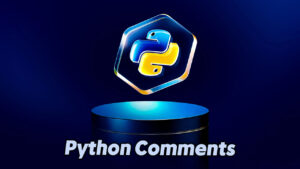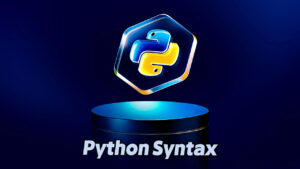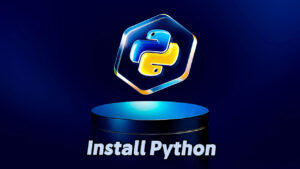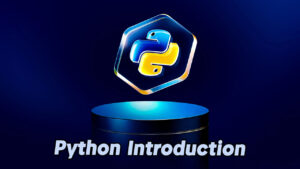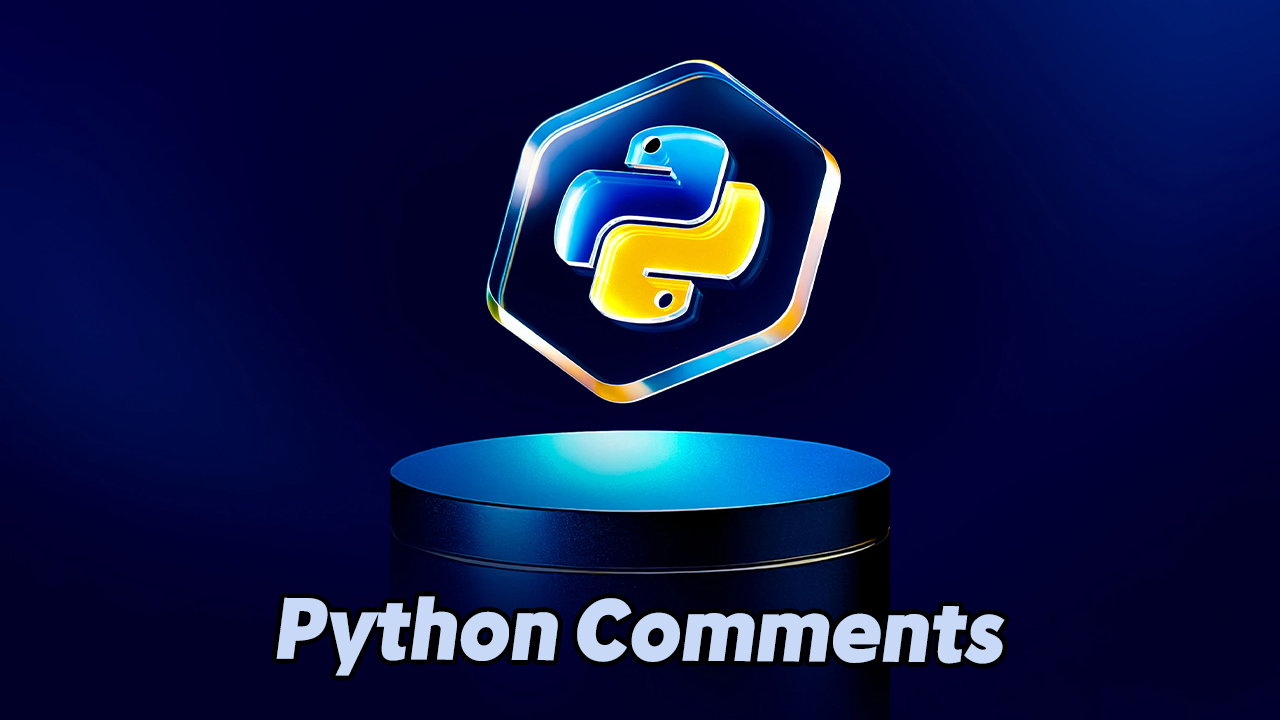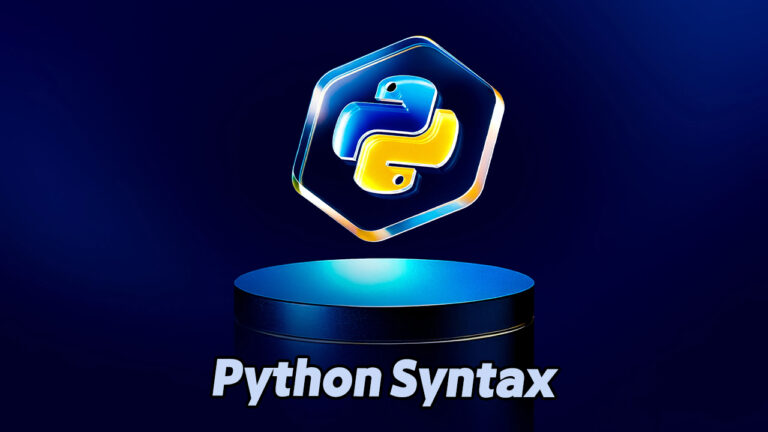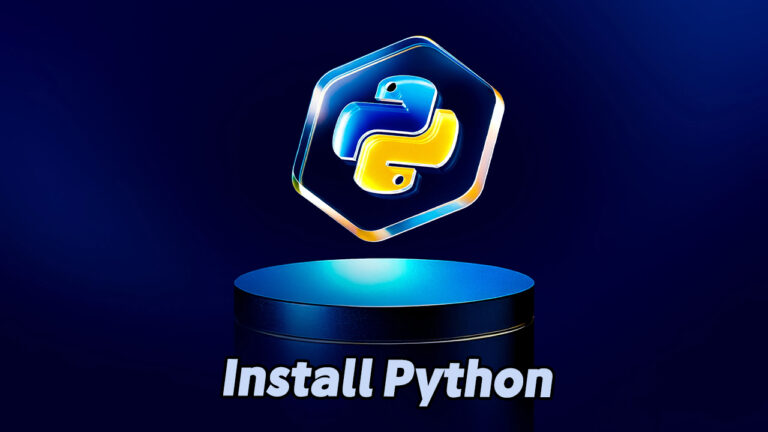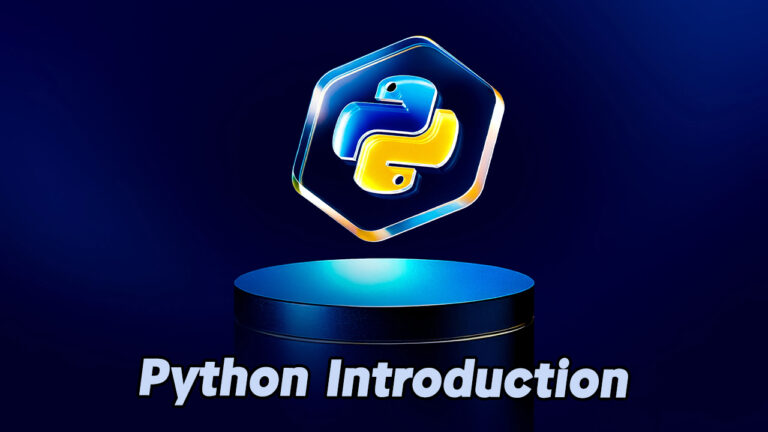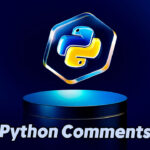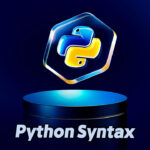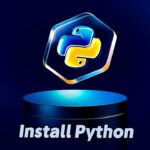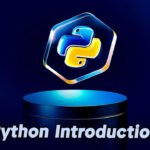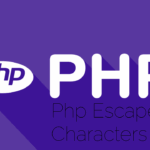Mastering Python Comments
In Python programming, comments play a crucial role in enhancing the clarity and maintainability of code. Whether you’re writing complex scripts or small functions, integrating comments helps other developers — and your future self — understand the intent and logic behind specific code blocks.
What Are Python Comments?
Comments in Python are lines of code that are not executed by the Python interpreter. They are meant solely for human readers, serving as explanations, annotations, or temporary blockers during testing phases.
Why Use Comments?
- To explain sections of code for better understanding
- To enhance readability and organization
- To disable parts of code temporarily without deletion
How to Write a Single-Line Comment
Single-line comments begin with the # symbol. Anything following this symbol on the same line will be ignored by Python.
# This is a comment
print("Hello, World!")You may also place the comment at the end of a line:
print("Hello, World!") # This is a commentUsing Comments to Prevent Code Execution
Comments can be used to temporarily disable parts of the code during testing or debugging.
# print("Hello, World!")
print("Cheers, Mate!")Creating Multiline Comments in Python
Python does not have a built-in syntax for multiline comments like some other programming languages. However, there are two common approaches to achieving multiline annotations:
Method 1: Using Multiple Single-Line Comments
# This is a comment
# written across
# multiple lines
print("Hello, World!")Method 2: Using Triple-Quoted Strings
You can also use triple-quoted strings (”’ or “””) for multiline comments. Although not technically comments, these string literals are ignored by Python if they are not assigned to a variable.
"""
This is a comment
written in
more than just one line
"""
print("Hello, World!")Note: This method works because unassigned string literals are not executed by Python.
Conclusion
Understanding and properly using comments in Python is essential for clean, professional, and maintainable code. Whether you’re learning Python or developing large applications, always strive to document your logic clearly. For more programming tutorials and in-depth guides, explore the Python learning resources at Devyra.

